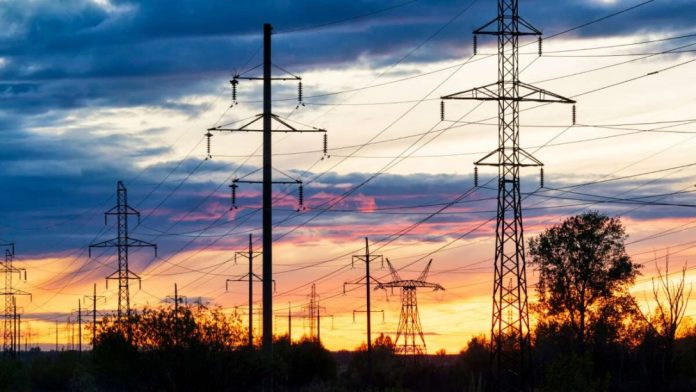В умовах російських атак на критичну енергетичну інфраструктуру України розподілена генерація постає як важливий інструмент для забезпечення міст електроенергією і теплом. У листопаді 2024 року в Києві розпочався запуск першої когенераційної газопоршневої установки потужністю 1,5 МВт, що має стати частиною нової енергетичної концепції столиці.
Міський голова Києва Віталій Кличко зазначив, що місто планує закупити ще 15 таких установок і досягти сумарної потужності близько 170 МВт протягом року. За його словами, це дозволить створити локальні джерела комбінованого виробництва тепла та електроенергії, а також сприятиме переходу на альтернативні джерела палива.
Розподілена генерація передбачає створення мережі невеликих енергетичних об’єктів, які можуть працювати незалежно від централізованої системи. Вони комбінують різні джерела енергії, такі як газові турбіни, сонячні панелі, вітряки, акумулятори, та когенераційні установки, здатні одночасно виробляти тепло та електроенергію. За словами експертів, це дозволяє забезпечувати критичну інфраструктуру (водопостачання, опалення, лікарні) навіть під час масштабних аварій у центральній енергосистемі.
“Але важливо розуміти, що невеликі установки потужністю 1,5-20 МВт — це не зовсім розподілена генерація. Вони радше виконують роль острівної або точкової генерації, яка працює автономно і не є частиною великої енергосистеми,” — пояснює Юрій Корольчук, експерт Інституту енергетичних стратегій.
Україна вже отримує підтримку від міжнародних партнерів. Наприклад, USAID передало газотурбінну установку потужністю 28 МВт, яка була введена в експлуатацію влітку 2023 року. Але навіть у цьому випадку на монтаж і налаштування станції знадобилося півтора року.
Попри виклики, розподілена генерація може стати важливим елементом енергетичної стратегії України. Хоча наразі такі проєкти реалізуються лише точково, вони відіграють ключову роль у підтримці життєво важливих об’єктів інфраструктури.
Розподілена генерація є важливим інструментом для підвищення стійкості енергосистеми України. Проте її ефективність залежить від масштабів впровадження, диверсифікації джерел палива та інтеграції в національну енергомережу. Відповідно до планів уряду, ця система потребує значних інвестицій та часу, але може стати вирішальним фактором для подолання енергетичних криз в умовах війни.


